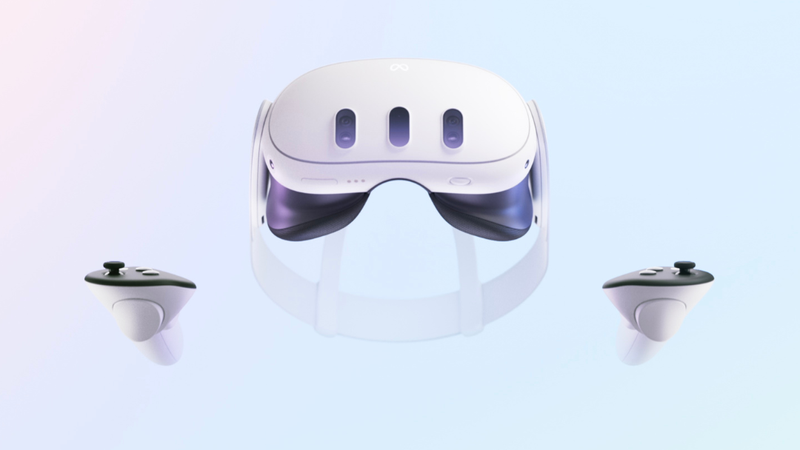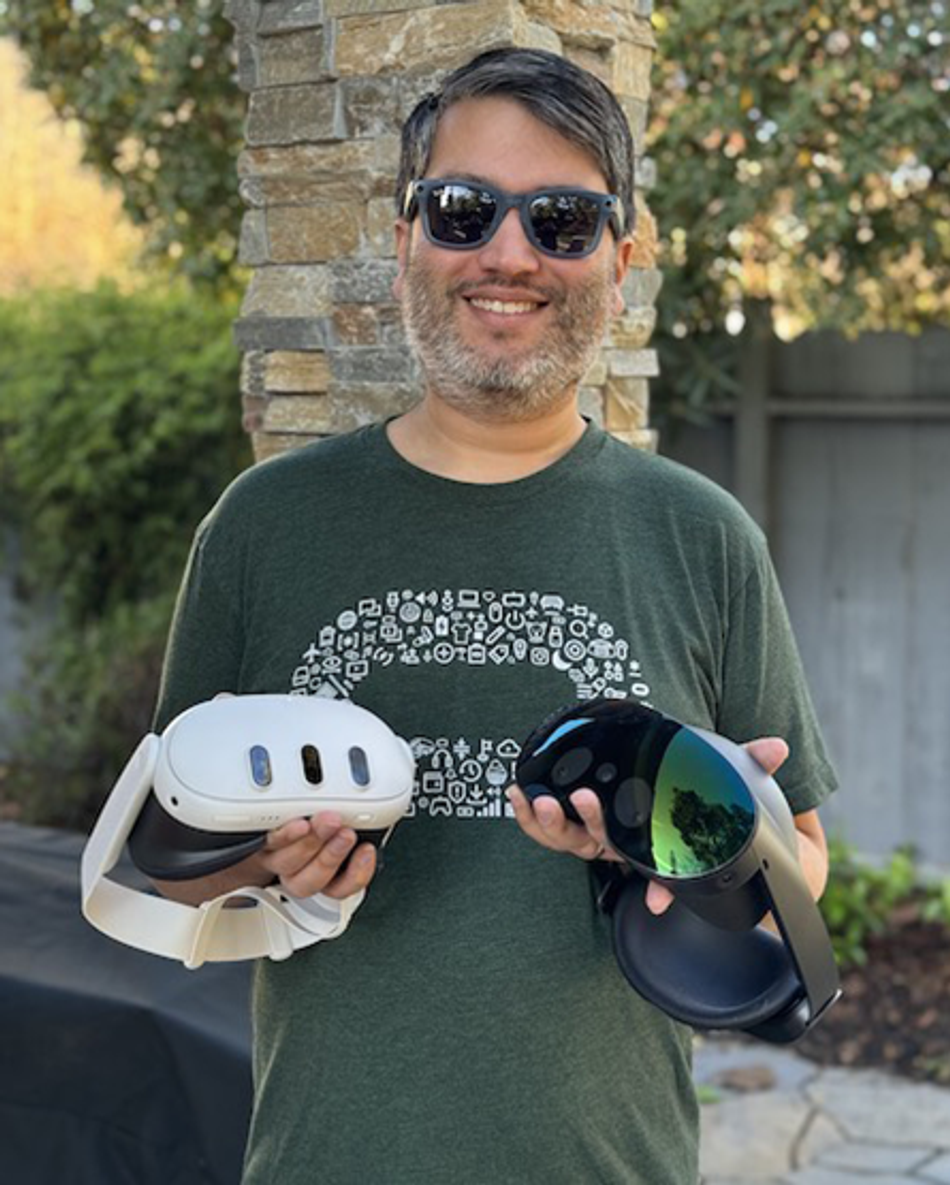Powering a vision for the future
Ankur Gupta (MSE’10) is working to develop the battery technologies needed to bring augmented and mixed reality products to market at Meta.
This article was first published on
engineering.cmu.eduAs augmented and mixed reality experiences become more popular through various devices, advancements in battery technologies are needed to ensure that these crucial components are made smaller, yet maintain their functionality. One Department of Materials Science and Engineering alumnus is involved with developing the technologies needed to bring these products to market at Meta.
As a battery system engineer, Ankur Gupta, BS’10, MS’10, takes an interdisciplinary approach rooted in his studies at CMU to working with the multiple teams of engineers involved in the development of devices such as the Quest 3 and Ray-Ban | Meta smart glasses.
At one end of the spectrum, he works with cell engineers, often chemical and materials science engineers, who design the chemistry inside the cell. At the other end, Gupta coordinates with the product design team, typically mechanical engineers, who are creating the physical design of what the actual active material has to fit into. Gupta bridges the work of these two groups, drawing on the experiences he had as a student, taking their outputs and designing the battery management unit (BMU). The BMU in the Ray-Ban | Meta smart glasses is now the world’s smallest and has all the circuitry for protection, gauging, and charging.
Gupta’s interest in electronic materials was nurtured through his work with Jay Whitacre, professor of materials science and engineering, on batteries and energy technologies. When Gupta first enrolled as a student in the College of Engineering at Carnegie Mellon, he had no idea what materials science was. His initial interest was in electrical engineering, though he was also curious about nanotechnology. In his first year, he took the introduction to materials science and engineering course, and he was immediately drawn in. Later in his studies, Whitacre encouraged Gupta to think through bringing concepts to mass production, taking into account the economic influences and incremental changes in materials technologies.
“The idea of taking a concept and actually bringing it to mass production has stuck with me, both in my past role at Apple and now at Meta,” says Gupta, as he reflects on projects involving batteries for devices such as iPhones, Airpods, Apple Watches, and now the Quest 3 and Ray-Ban | Meta smart glasses.
While he did eventually go on to pursue a graduate degree in electrical engineering, he attributes his continued education to his background in materials science.
“The reason why I went back to electric engineering was because of my foundation in materials science, especially in batteries,” says Gupta. “I knew how batteries were made and how they worked, but I wanted to go beyond that.”
Gupta credits Carnegie Mellon’s emphasis on interdisciplinary studies focused on next generation problems to fostering his interest in batteries, as well as his approach to his work.
“Batteries in particular are extremely interdisciplinary. There’s the chemistry side with materials science, the mechanical side of physically making the cell, the electrical side of what to do with the energy that comes out of the cell, and the economic side of building a supply chain.”
The idea of taking a concept and actually bringing it to mass production has stuck with me.
Ankur Gupta, MSE'10
Gupta draws on his materials science foundation still in his career today, recalling insights from Professor Robert Heard, who encouraged students to dive deep into a problem and think about it “at an atomic scale.”
“For battery packs, we have to really dive into the printed circuit board (PCB) materials. Even though it’s electrical engineering, it’s also materials science getting into what’s going on at the atomic level.”
Gupta draws on his own personal experiences of using the smart glasses to capture a photo, rather than trying to find his phone, to illustrate the ability that AR could have for users to experience the world, rather than looking down at phones. As Meta moves forward with developments for the Quest line of products with the goal of eventually functioning as a replacement to a traditional laptop, refining batteries to meet product design and functionality needs will be imperative.
“Some of the key steps involve being able to have a battery that can power all that a laptop can do, but in the size of a phone,” he says. “It takes a lot of engineering and innovation to compact all these features into a very small product.’
The pathway to a career in industry was not always clear, as the role of materials science in similar companies is not always immediately recognized, but Gupta encourages current students to think outside traditional career pathways.
“If you think that there’s a way for materials to impact a certain industry, there probably is,” he says. “Make connections, and you can find a way to show there is an avenue.”

